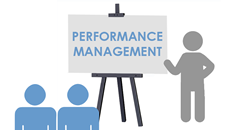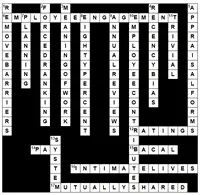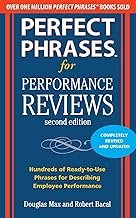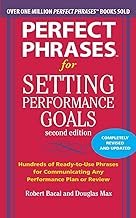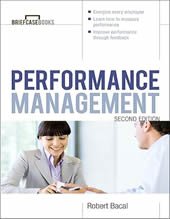Performance Reviews And The Budgeting Process
Managers often think of the performance review to give information to employees, but in fact, much of the power of performance management comes from the information the manager GETS from the process.
Identifying Budgeting and Spending Priorities Via Employee Evaluation
The performance review and larger performance management process can and should be used to make decisions about budgeting and spending. It’s rather amazing that it usually isn’t used to make financial decisions. As a result, performance management loses some of its potential value.
Before we look at the link between budgeting and spending and performance management and review, here’s a brief, commonsense look at the financial functions. It’s a bit simplified, but for our purposes it works. When you budget or spend money, you want to maximize the benefits from spending. Not only do you want the best value when you purchase something, but you also want to have it contribute to whatever goals you may have related to the purchase. In well-run organizations, budgets are decided and spending is approved based on the need for the expenditure and the value of the expenditure with respect to the organization’s goals. So, the organization may pay for training with the expectation that better trained employees will perform more effectively.
Now the question: how do you know whether a particular purchase or expenditure will actually help your company achieve its goals?
Sometimes you guess. Sometimes you may feel you “just know.” Or, you decide on expenditures based on an analysis of your present, past, and future goals.
Here’s the link. When you focus on identifying performance barriers, diagnosing performance issues, and developing plans to overcome those barriers, you can use that that really have noinformation to decide on what you need to purchase. It’s a method of tying expenditures to productivity, beginning at the bottom of the organization.
For example, during performance reviews with your staff, you identify some production problems. Several of your staff are under-performing in their job tasks. In discussions with these staff members (and others as well), you discover that the reason that productivity is less than maximal is that some of the tools available are no longer state-of-the-art. If that diagnosis is accurate, it’s clear that to solve the problem, you need to purchase new equipment. Of course those purchases need to be planned with respect to other corporate issues. The performance review and problem-solving process tells you about how you can best spend your available resources.
